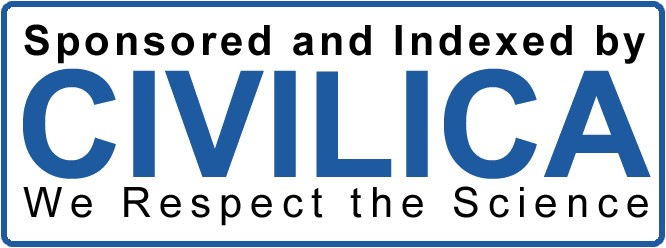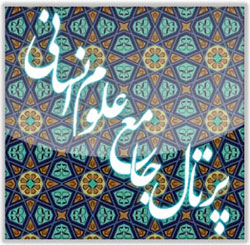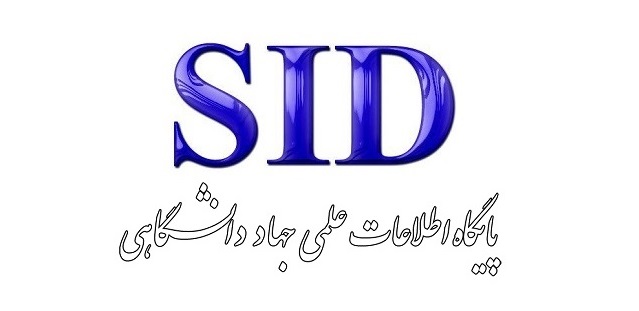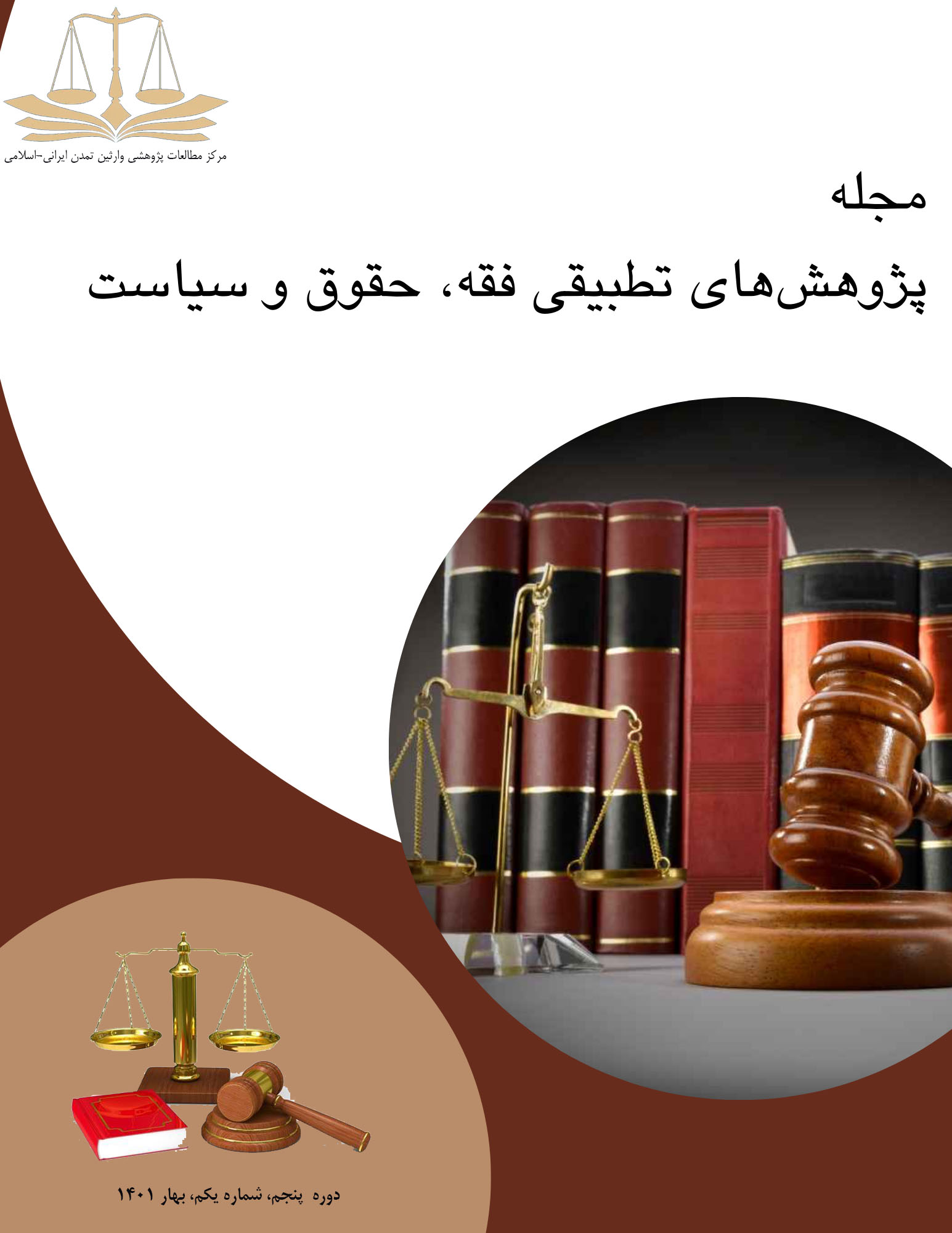نقد و بررسی سیاستهای قانونگذاری در ایران در قبال نقش مادری پس از طلاق
کلمات کلیدی:
قانون حمایت خانواده, نقش مادری, طلاق, حضانت, سیاستگذاری تقنینی, عدالت جنسیتیچکیده
طلاق بهعنوان یکی از مهمترین بحرانهای خانوادگی، ساختار وظایف و حقوق والدین نسبت به فرزندان را دگرگون میسازد. در این میان، نقش مادری که پیش از طلاق واجد انسجام طبیعی، عاطفی و اجتماعی بود، در فضای پساطلاق با موانع حقوقی و تقنینی متعددی مواجه میشود. سیاستگذاری قانونگذار ایران در قانون حمایت خانواده، بهویژه در نسخه مصوب سال ۱۳۹۱، نشاندهنده تمرکز بر حضانت بهمثابه اصلیترین جلوه نقش مادری است و سایر ابعاد مهم مانند مشارکت در تصمیمگیری روزمره، تربیت، نظارت، و حتی رضاع، یا مغفول ماندهاند یا به حاشیه رانده شدهاند. این مقاله با روش توصیفی–تحلیلی و با بهرهگیری از منابع فقهی، قانونی و مطالعات تطبیقی، به بررسی انتقادی سیاستهای قانونگذاری در این زمینه میپردازد. یافتهها نشان میدهد که قانونگذار ایرانی از اتخاذ رویکردی جامع نسبت به نقش مادری پس از طلاق ناتوان بوده و در عمل، با محدودسازی این نقش به حضانت و ملاقات، از تحقق عدالت جنسیتی، مصلحت کودک و انسجام ساختاری پس از فروپاشی خانواده فاصله گرفته است. در پایان، پیشنهادهایی برای اصلاح تقنینی با تأکید بر شناسایی و تقویت نقشهای مغفول مادر ارائه خواهد شد.
مراجع
Ahmadi, F. (2021). A Critical View of the Representation of Mothers in Iranian Legislative Policies. Family Law Quarterly, 8(2).
Ahmadi, H. (2021). The Legal System of Support for Mothers after Divorce in Iran and the World. Jihad Daneshgahi Publishing.
Alizadeh, Z. (2021). Examining the Dimensions of Motherhood in Post-Divorce Laws. Family Law Quarterly(22).
Bada, A. (2014). The Psychology of Motherhood. Roshd Publishing.
Bagherzadeh, R. (2021). Motherhood and Social Discrimination after Divorce. Women's Studies Quarterly(56), 55-68.
Charrad, M. (2001). States and Women's Rights: The Making of Postcolonial Tunisia, Algeria, and Morocco. University of California Press. https://doi.org/10.1525/9780520935471
General Comment No. 7: Implementing Child Rights in Early Childhood, (2005).
Convention on the Rights of the Child: Article 9, (1989).
Dekeuwer-Defossez, F. (2005). Parenthood after Separation. Dalloz.
Ebadi, T. (2020). A Study on the Legal Restrictions on Mothers in Guardianship. Family Law Journal(32).
Ebrahimi, S. H. (2016). A Sociological Analysis of the Family in Iran. Ney Publishing.
Egyptian Personal Status Law, (2005).
Family Protection Law of 2012. (2012).
Farjad, N. (2022). Analysis of the Parental Role of Divorced Women in Light of Governmental Support Policies. Family and Social Law Studies, 6(2), 115-134.
Giddens, A. (2018). Sociology. Ney Publishing.
Horr Ameli, M. i. H. (1992). Wasa'il al-Shi'a (Vol. 21). Dar al-Islamiyya Publishing.
Hosseini, M. (2021). Women and Family Law in Iran. SAMT Publishing.
Hosseini, Z. (2021). The Right of Visitation between Mother and Child in Judicial Practice. Family Judicial Practice Quarterly, 3(1).
Jafari Tabar, A. (2019). A Jurisprudential and Legal Review of Child Custody after Divorce. Judicial Law Journal(94).
Karimi, R. (2022). Social Security Models for Custodial Mothers in Comparative Welfare Systems. Social Welfare Quarterly, 10(40).
Mirzabeygi, S. (2021). Comparative Study of Legal Support for Mothers after Divorce in Iran and France Allameh Tabataba'i University].
Mohammadi, V. (2021). Critique of the Enforcement of Article 40 of the Family Protection Law. Criminal and Family Law Quarterly, 6(3).
Moradi, Z. (2019). Policy Analysis of Support for Female-Headed Households. Social Welfare Research Journal, 9(2), 22-44.
Nasiri, M. (2023). A Comparative Analysis of Legislative Approaches in Iran Regarding Mothers after Divorce. Women and Family Law Studies Quarterly, 8(1).
Nazemi, F. (2023). The Mother's Educational Role in Shaping the Child's Academic Path. Modern Education Journal, 5(2).
Parsons, T. (1955). The Social Structure of the Family. Free Press.
Rezvanipour, A. (2021). The Best Interests of the Child from a Comparative Legal Perspective. Comparative Family Law Quarterly, 10(2).
Rohami, M. (2010). A Historical Study of the Evolution of the Family Protection Law in Iran. Law and Politics Quarterly(21), 75-98.
Safaei, S. H., & Emami, A. (2021). Family Law, Volume Two. Mizan Publishing.
Shaayesteh, Z. (2021). Economic Analysis of Alimony and Its Challenges for Divorced Mothers. Iranian Social Policy Journal, 5(1).
Shahidi, S. J. (2016). Discharge of Obligations. Majd Publishing.
Shirzadi, N. (2022). Emotional Bonds and the Effects of Custody Termination on Children. Educational Psychology Quarterly(45).
Tunisian Personal Status Code, Article 67, (1956).
Unicef. (2020). Social Protection for Single Mothers: International Practice.
دانلود
چاپ شده
ارسال
بازنگری
پذیرش
شماره
نوع مقاله
مجوز
حق نشر 2025 Marzieh Aghajani Esfahani, Monireh Khodadadpour, Raheleh Kardavani (Author)

این پروژه تحت مجوز بین المللی Creative Commons Attribution-NonCommercial 4.0 می باشد.








